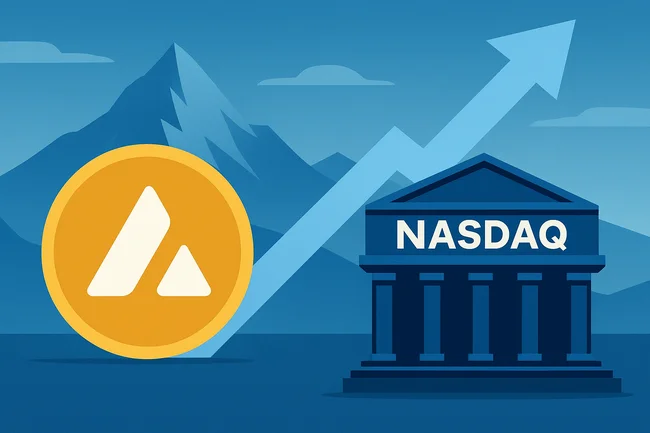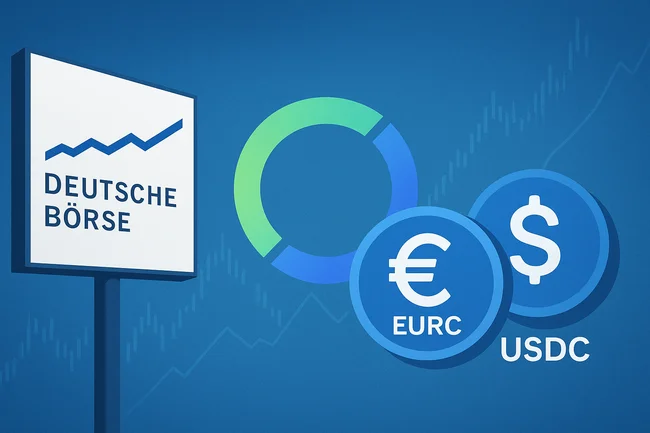Vertical layering refers to the structure within blockchain networks where different components are organized in a layered approach. Each layer is designed to handle specific tasks, improving efficiency and scalability.The base layer, often referred to as Layer 1, includes the core blockchain protocol and its functionality, such as transaction validation and security. This layer is foundational and maintains the overall integrity of the network.Above the base layer, additional layers, known as Layer 2, provide enhanced features like faster transaction processing and lower fees. These layers interact with the underlying blockchain to facilitate operations without congesting the primary network.This separation of functionality allows developers to innovate and implement new solutions on higher layers without altering the main protocol. Vertical layering enhances the system’s adaptability and scalability, enabling it to support a growing number of users and applications while maintaining security and performance.

Avalanche Treasury Co. to Go Public in $675M Deal With Mountain Lake Acquisition
Avalanche Treasury Co. (AVAT), a digital asset treasury company aligned with the Avalanche Foundation, said Wednesday it has agreed to



